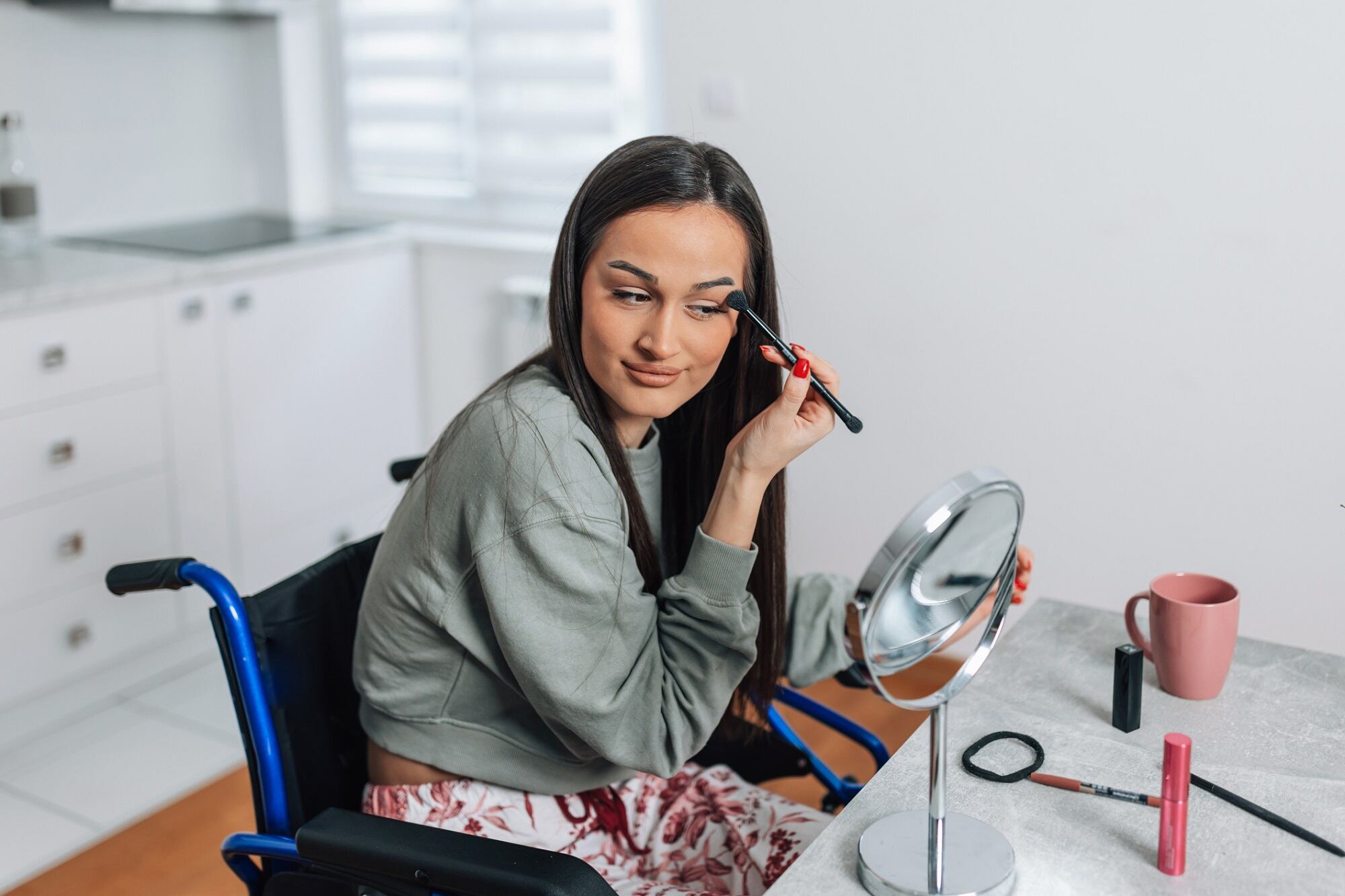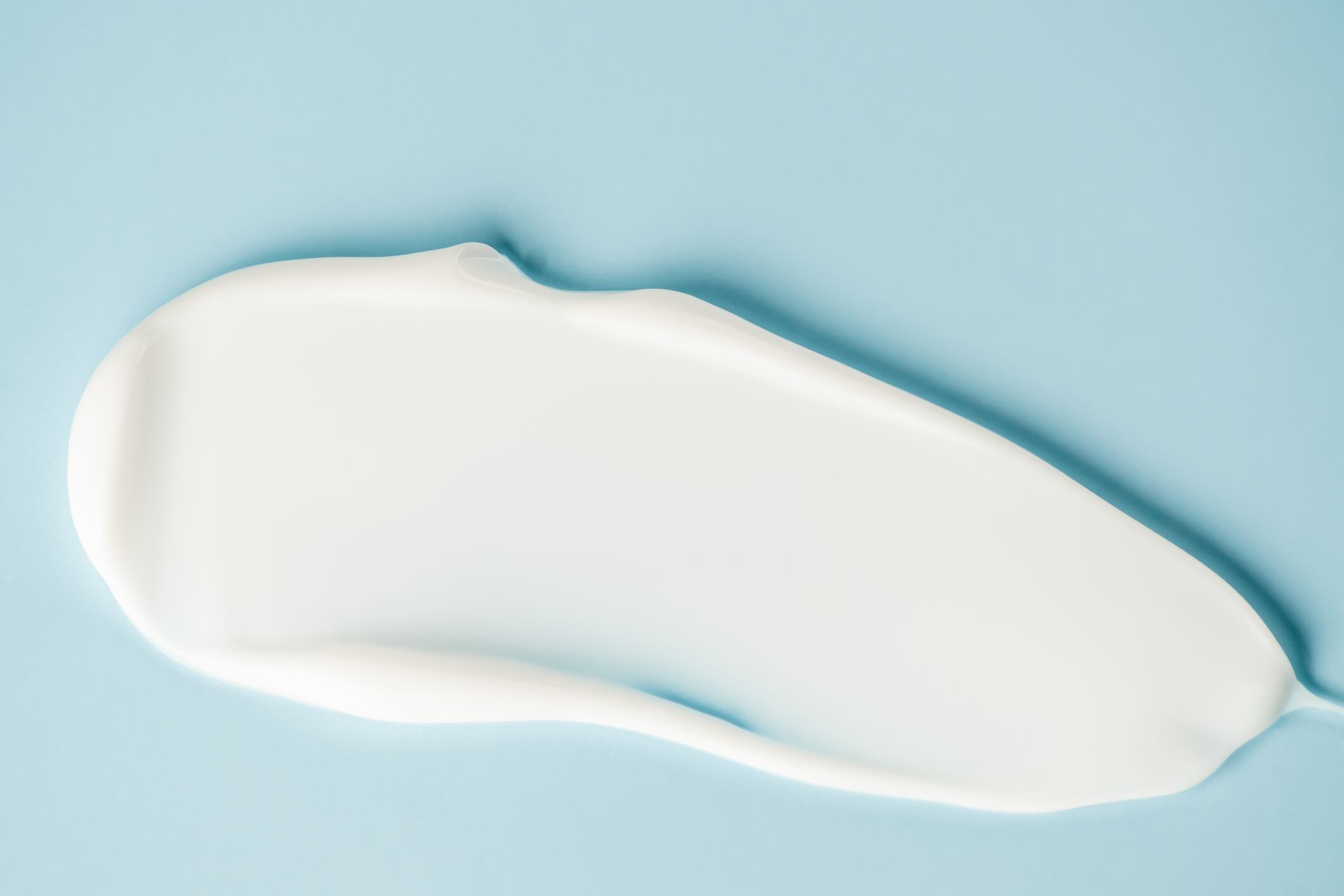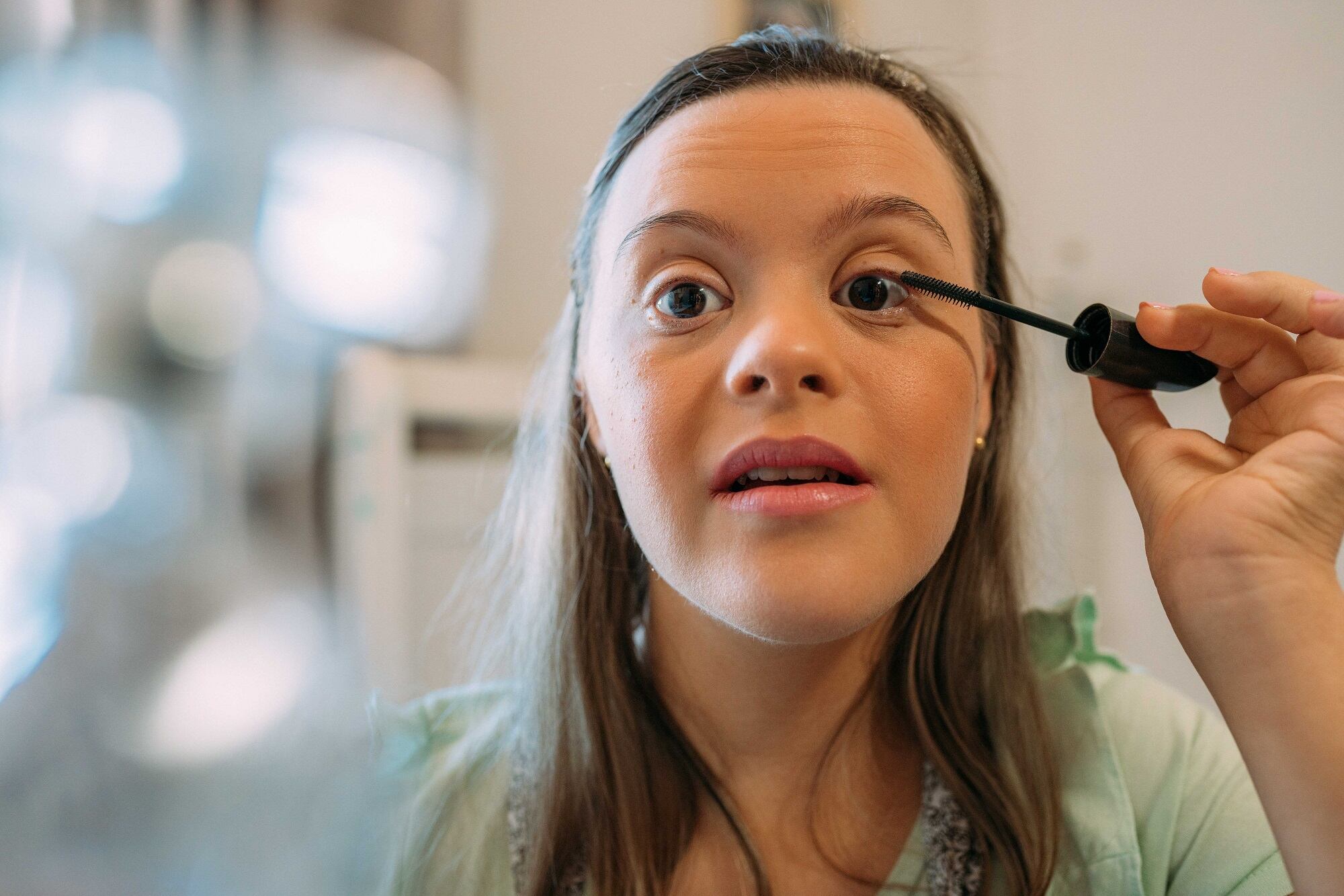According to the World Health Organization (WHO), in 2023 “an estimated 1.3 billion people experience significant disability, which represents 16% of the world’s population, or one in six of us. A P&G study released in 2019 revealed that for this substantial population, “only 4% of companies are actively creating accessible products and services to them.”
As previously reported by CosmeticsDesign, in the personal care and cosmetics product spaces, companies like Dow are beginning to make more accessible product options available as the demand for more impactful diversity and inclusivity in the marketplace continues to rise.
To learn more about trends in accessible beauty, global beauty industry trend insight platform BEAUTYSTREAMS has recently compiled and published a whitepaper that has “identified the key beauty movements that are set to drive the industry in the next three years across categories and global markets, and then interpreted these trends to best recommend the strategies for brands to adopt in regard to accessible beauty,” said Eleonora Mazzilli, Trend Localization & Business Development Director, North America at BEAUTYSTREAMS.
In part one of this two-part series, we interviewed Mazzilli for her insights into the whitepaper’s key takeaways, including how trends in accessibility can impact the formulation and development of cosmetic and personal care products in the US.
CDU: Can you provide any background regarding the methodology used to compile the white paper?
Eleonora Mazzilli (EM): To create a 360-degree vision on beauty industry insights, at BEAUTYSTREAMS we proceed with what we call the BEAUTYSTREAMS Trend Funnel Methodology, a future outlook methodology that maps trends from the macro to microlevel. Starting from wide-range macro movements and consumer archetypes, we distill key implications for the beauty industry and identify category-specific trends.
We identify beauty movements and trends with a long-range and close-to-market perspective. BEAUTYSTREAMS taps into the expertise of its Future Collective, whose members count leading experts in the fields of biotechnology, sociology, art, design, digital development, sustainability, and medical science, to collect their unique viewpoints. We then analyze and predict how these insights and macro trends will impact the beauty sector, offering a compass for the years to come.
At BEAUTYSTREAMS we also investigate market movements that are currently happening by scouting the current social media trends, runway highlights, new product launches, and trade show and ingredient innovations. To compile the white paper, BEAUTYSTREAMS has identified the key beauty movements that are set to drive the industry in the next 3 years across categories and global markets, and then interpreted these trends to best recommend the strategies for brands to adopt regarding accessible beauty.
CDU: What are some of the most significant takeaways for US cosmetic and personal care manufacturers and suppliers in terms of accessible beauty?
EM: The rise in cultural diversity means that one-size-fits-all concepts that target mass demographics no longer suffice. Consumers are seeking products from companies that represent and understand them, a desire that is pushing beauty brands to reinvent the language and marketing around their products.
Industry players must consider personalization beyond product customization and see it as an opportunity to elevate consumers' education, shopping experience, and loyalty. Brands need to also recognize the importance of moving toward an intersectional approach by highlighting under-represented consumers and championing diversity and inclusivity in product and service development.
For brands, marketing products in a broad way is not as effective as it used to be, as each consumer has unique needs. This shift toward individualization is driving innovation, and a more personal and customizable approach to meet consumers’ evolving beauty needs.
Personalization in all its forms is now a standard that beauty consumers expect from brands and retailers. Personalization is particularly appealing to Millennials and Generation Z, but also to Generation X and Baby Boomers, as they want to buy products from inclusive brands who align with their values.
Today, accessible beauty needs to go a step further, reshaping the mainstream market by combining beauty, technology, science, and e-commerce. Data collection, augmented reality (AR), virtual reality (VR), and artificial intelligence (AI), will offer new possibilities to create more personalized – and engaging – experiences for consumers.
By leveraging data and insights generated through artificial intelligence, beauty brands can offer expert, scientific precision to deliver hyper-personalized marketing and shopping experiences for consumers.
While it is only in recent years that the beauty industry has embraced inclusivity and representation, it can, and must, do better in terms of diversity, inclusivity, equality, and in its efforts to shift towards a more intersectional view of their consumer base. In today’s globalized world, in which multicultural beauty is defined by ever more complexities, brands have no choice but to cater to consumers’ multi-hued skin tones, various hair textures, cultural diversity, and disabilities with formulations, ingredients, packaging, product shades, and beauty campaigns that celebrate consumers' diversity.
Designing and developing accessible packaging should undoubtedly be part of beauty brands, and suppliers’, strategies and consider varying physical and sensory capabilities of users and be inclusive of their unique needs. It is key to explore new ways to make packaging speak to as many people as possible, as not all consumers can read, grab, hear, smell, or feel equally.
Companies must consider participatory design and include diverse, differently abled people in the research and design process of products and capture their feedback throughout the process to keep product offers relevant to the present market.
CDU: How do trends in accessibility impact the formulation and development of cosmetic and personal care products in the US?
EM: Gender Inclusivity: Through the development of non-binary products, the use of gender-inclusive models within communication, and the general dissolution of gender norms, brands need to focus on promoting unapologetic self-expression, creativity, and authenticity to better reflect the diversity of today’s society. With new colors, packaging, imagery, and messaging, beauty brands can rewrite beauty codes and move toward wholly gender-positive communication to include the entire spectrum of gender identity: men, women, non-binary, trans, and gender-non-conforming consumers.
Diverse and Inclusive Color Options: With a growing emphasis on pride in one’s skin tone globally, beauty brands need to consider the unique physiology of diverse skin tones and their needs, to recognize the different needs of consumers’ melanin-rich skin, and to develop product lines with marketing and communication messages that focus on inclusivity, diversity, and self-acceptance. Brands will need to take a wholly active approach towards representation within the industry and focus on skin care formulations which take into consideration the unique physiology, and specific needs, of a vast variety of skin tones. We expect to see more targeted skin care formulations addressing darker and lighter skin tones that suffer from completely different skin concerns.
Personalized Skin Care: While still in an exploratory stage, DNA-based personalized skin care products will rise, as it can transform how to care for the skin through mapping users’ predisposition to skin issues including aging, acne, and pigmentation. From DNA to hormones through to the skin’s microbiome, beauty brands can offer at-home tests to analyze an individual’s predisposition to common skin problems, measure a range of key factors, and collect data to inform on skin care regimens.
Aging: Society’s focus on youth culture and negative stereotypes surrounding aging have contributed to the underrepresentation of older consumers in the beauty industry, which has been slow to cater to those consumers who are now Gen X and beyond. Yet shifting attitudes toward aging are creating an opportunity for brands to offer color cosmetics formulated for mature skin, catering to women in their 40's, 50's, and beyond – incidentally, the demographic with the largest buying power.
We expect to see bespoke color cosmetics solutions for aging skin promoting self-expression and fun, no matter one’s age. Using new technology, formulations and textures that flatter aging skin will be developed, alongside easy-to-grip applicators and extended education on application techniques, to create a sense of confidence when age-related disabilities are on the rise.
Textured Hair: In a world where more than 60% of the population has natural curls, coils, or waves, the textured hair community is also a global one that cannot be ignored. There is also a need for education regarding textured hair, especially for hair stylists, many of whom remain largely ill-equipped to work with textured hairstyles.
Intimate Care: We expect the intimate care category to witness a significant change in language which not only targets cis-gender women, but also speaks to transgender and gender-fluid consumers with comprehensive formulas as well as messaging, allowing every individual to fully express themselves as they are.
Cultural Heritage: While the modern world brings cultures closer together, it also means that consumers are eager to preserve and represent their own. This is why brands should consider products that speak to an individual's cultural heritage, traditions, and consumption patterns.
Cross-cultural differences in beauty can become a major source of inspiration for innovation as brands can explore local heritage ingredients or develop original formulations based on local traditions, alongside infusing products with local scents.
User-Friendly Packaging: Brands need to prioritize intuitive, user-friendly packaging that serves all beauty consumers. By rethinking design methods, packaging shapes and textures, colors combinations, and communication symbols and fonts, packaging designers can make a big difference in making beauty packaging more accessible.
From intuitive designs like click-and-close caps and magnetic closures, to tactile symbols and easy-to-grip handles, through multi-functioning tools, design and packaging should consider the needs of the largest, most diverse consumer group possible.





